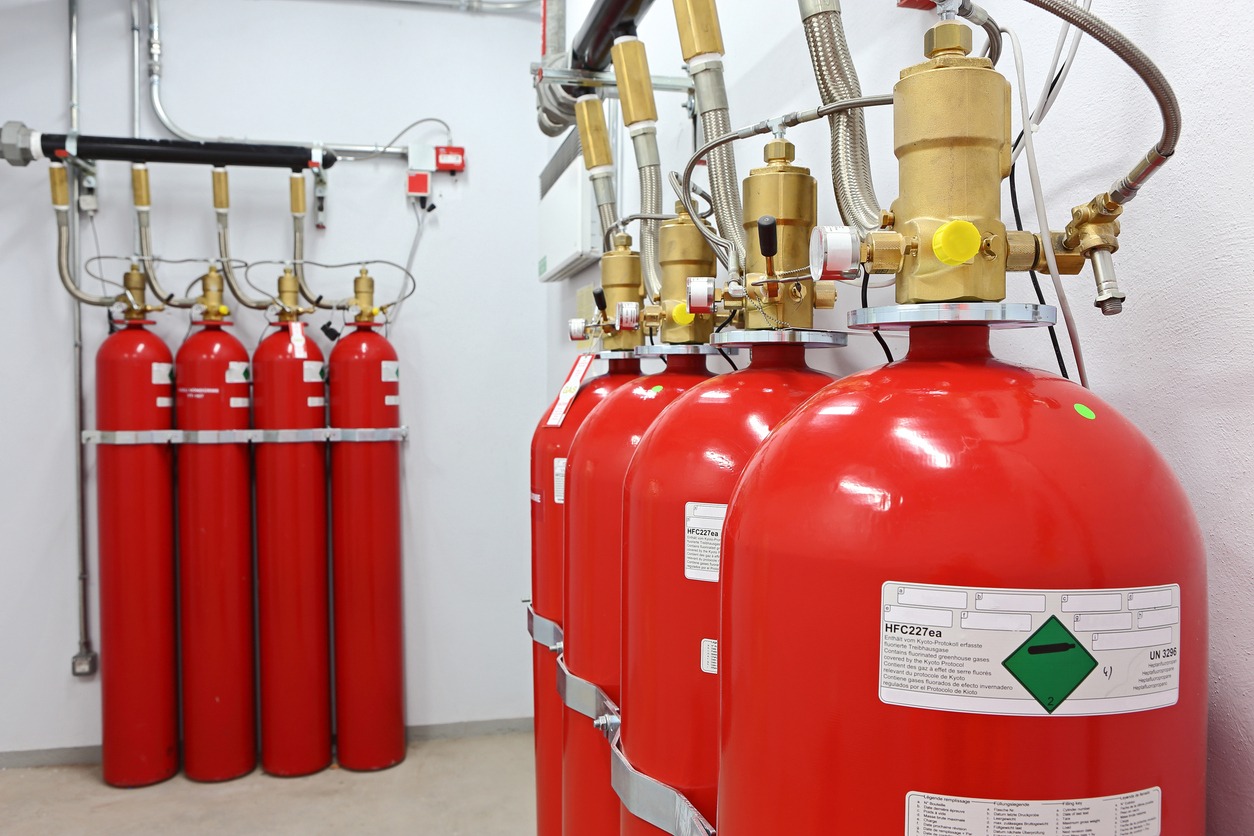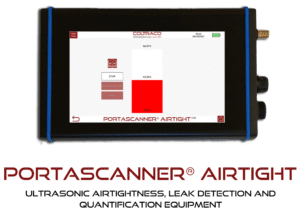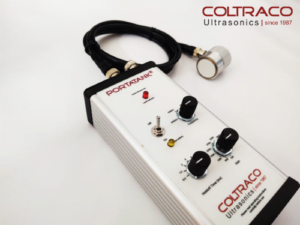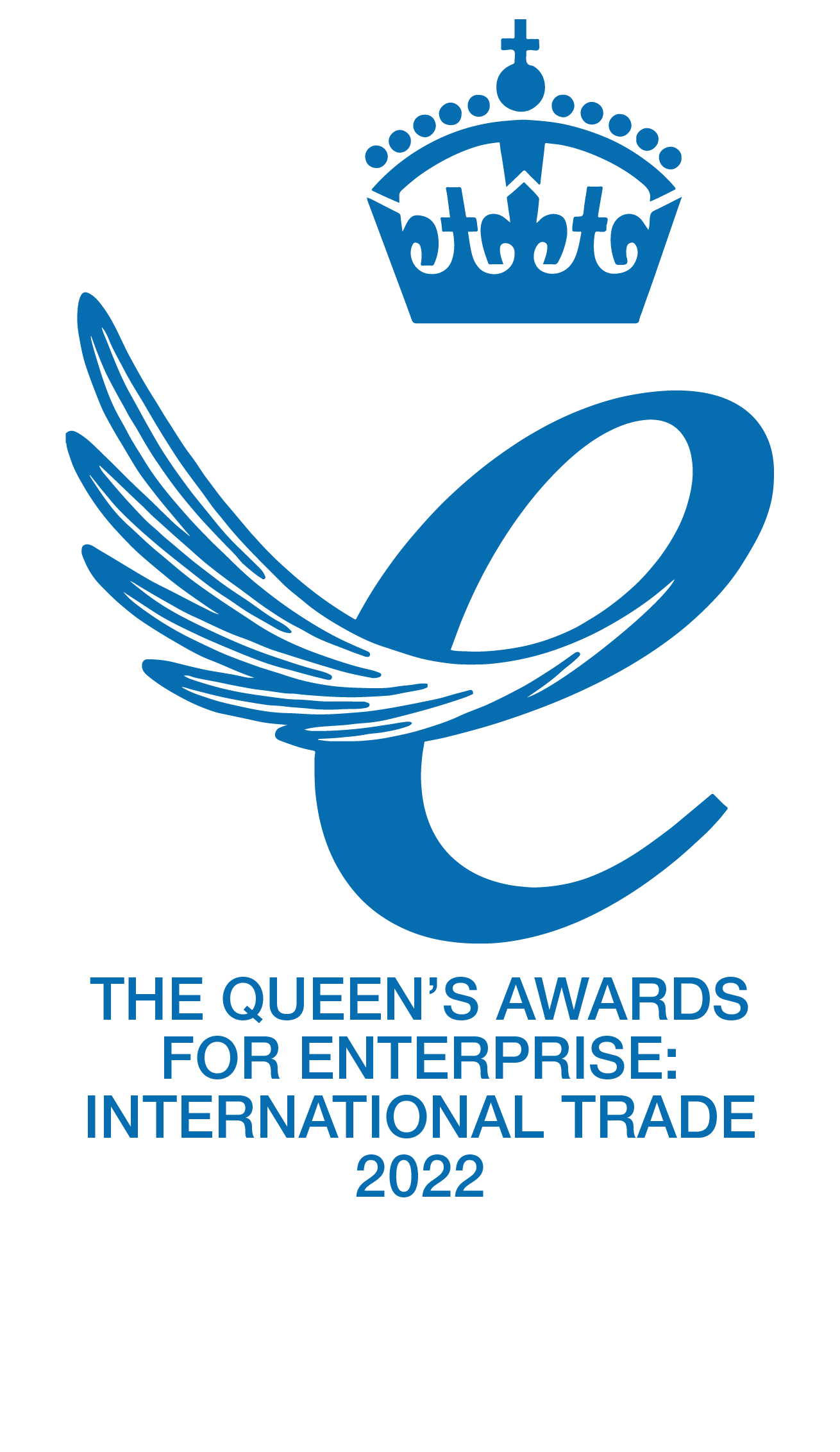Fire suppression systems are a critical line of defence in high-risk environments like marine vessels, energy plants, and critical infrastructure sites. However, for these systems to be effective and legally compliant, their contents must be accurately and regularly monitored.
That’s where non-invasive liquid level indicators come into play.
These advanced technologies offer a safe, efficient, and regulation-aligned method of measuring the contents of fire suppression tanks without the need for invasive procedures or downtime.
What Is Non-Invasive Liquid Level Measurement?
Non-invasive liquid level measurement uses ultrasonic technology to determine the liquid level inside pressurised vessels, like those used to store CO₂, FM-200, or NOVEC 1230, without physically opening or modifying the container.
Unlike traditional methods requiring manual weighing or intrusive gauges, non-invasive devices attach externally and transmit ultrasound pulses through the tank wall to detect the liquid/gas boundary.
This method is ideal for maintaining fire suppression systems’ integrity, ensuring no pressure loss or compromise in system performance.
Why Accurate Tank Monitoring Is Essential for Fire Suppression Systems
Fire suppression systems rely on a specific volume and pressure of agent to extinguish fires effectively. If a system discharges partially or suffers undetected leakage, it may not function correctly when activated, putting people, property, and business continuity at risk.
For this reason, international regulations like ISO 14520, NFPA 2001, and IMO SOLAS require regular inspections of clean agent and inert gas suppression systems. These inspections must verify:
- The presence and correct volume of the suppression agent
- That system pressure is within safe parameters
- That the container has not been tampered with or compromised
Non-invasive level indicators allow operators to meet these compliance requirements quickly and accurately, without depressurising the system or removing it from service.

Supporting Marine Fire Safety Compliance
Marine environments face elevated risks due to confined spaces, fuel storage, and remote locations. Engine rooms, pump stations, and cargo holds commonly use CO₂ fire suppression systems.
SOLAS (Safety of Life at Sea) regulations require annual inspection of these systems to confirm the presence of sufficient extinguishing agents.
Ultrasonic liquid level indicators, such as the Portalevel® MAX MARINE PLUS, provide a nondestructive solution tailored for ships and offshore rigs. Its slim-line extension rod allows technicians to measure cylinders in tightly banked rows, a common challenge on board vessels, without removing or weighing them.
This minimises downtime, reduces inspection costs, and ensures compliance with Class Society and IMO standards.
Key takeaway: In marine applications, non-invasive level detection safeguards crew and vessel safety while supporting adherence to SOLAS and flag state requirements.
Enhancing Safety in the Energy Sector
Power generation facilities, especially those using gas turbines, transformers, or battery storage, require fast-acting fire suppression systems to contain incidents before they escalate.
Agents like NOVEC 1230 and FM-200 are preferred for their non-conductive, clean discharge properties.
However, these systems must always be “full and ready” to meet fire safety requirements in industry guidance and national legislation (e.g., BS EN 15004-1 or NFPA 2001).
With devices like the Portalevel® MAX PLUS, operators can carry out spot checks on suppression cylinders without halting operations or risking depressurisation. This makes maintaining compliance efficient, even in hazardous or hard-to-access locations.
Key takeaway: For energy operators, non-invasive level detection ensures uninterrupted monitoring of suppression readiness and reinforces site-wide compliance frameworks.
Maintaining Standards in Critical Infrastructure
A small fire can cause catastrophic data loss, operational disruption, or national security risks in data centres, control rooms, telecoms hubs, and defence environments.
Due to their rapid response and non-corrosive properties, the norm is suppression systems using FM-200 or NOVEC 1230.
Compliance is governed by codes such as ISO 14520 and local fire safety regulations, which demand monthly or quarterly inspections. Traditional inspection methods, like weighing cylinders, are impractical in these secure or sensitive areas.
Here, the Portalevel® ADVANCED is widely used to provide accurate ultrasonic readings, while the Portalevel® Intrinsically Safe offers a solution rated explicitly for use in hazardous zones.
These instruments allow technicians to check cylinder contents without interrupting operations or breaching secure zones, ensuring compliance and safety.
Key takeaway: Non-invasive liquid level measurement supports compliance and continuity in sectors where downtime is not an option, including hazardous environments.

Regulatory Drivers and Global Standards
Several international standards now recognise and accept the use of ultrasonic, non-invasive level measurement for compliance verification:
- ISO 14520 and NFPA 2001 recommend regular inspection of agent quantity and cylinder pressure.
- IMO SOLAS FSS Code Ch. 5 mandates cylinder contents be verified at specific intervals.
- BS EN 15004 highlights the need for integrity and regular inspection of gaseous suppression systems.
These standards emphasise accuracy, repeatability, and non-destructive testing. Coltraco Ultrasonics’ range of Portalevel® devices meets these criteria and is trusted worldwide as a recognised inspection method.
Key Benefits of Non-Invasive Indicators
Here’s why non-invasive level indicators are fast becoming an industry standard:
- No depressurisation: Cylinders remain sealed and pressurised, reducing safety risks.
- No downtime: Systems stay operational throughout the inspection process.
- No dismantling: No need to remove, weigh, or open cylinders.
- Rapid results: Immediate readings save time during audits and inspections.
- Data logging: Modern systems offer digital integration and inspection records.
- Portability: Handheld units allow technicians to inspect multiple sites with ease.
These benefits translate into better compliance, lower operational costs, and a reduced risk of non-conformance penalties during audits.
Choosing the Right Non-Invasive Measurement Device
Not all ultrasonic level indicators are created equal. When selecting a device for fire suppression system inspections, ensure it meets the following criteria:
- Calibrated for the specific gas type (e.g. CO₂, FM-200, NOVEC 1230)
- Compatible with the cylinder sizes and materials used on-site
- Provides clear pass/fail results or digital readouts
- Certified or endorsed for use under relevant fire safety standards
- Designed for ease of use in confined or hazardous spaces
Companies like Coltraco Ultrasonics have developed ultrasonic liquid-level indicators for fire suppression systems. These indicators are single-person-operated, military-grade, durable, and globally approved.
At Coltraco Ultrasonics, we offer a full range of solutions, including:
- Portalevel® MAX PLUS – our most popular model, ideal for general fire suppression inspection across all sectors.
- Portalevel® MAX MARINE PLUS – designed with marine applications in mind, featuring a slim-line extension rod for accessing tight cylinder rows.
- Portalevel® ADVANCED – offering enhanced digital accuracy and features for critical infrastructure.
- Portalevel® Intrinsically Safe – certified for hazardous and explosive environments.
Future-Proofing Compliance with Digital Integration
As inspection requirements evolve, ultrasonic level indicators are now recognised globally as the preferred method for safe, repeatable, and regulation-compliant measurement.
At Coltraco Ultrasonics, we provide instruments that combine ease of use, portability, and accuracy to support fire safety officers, facilities managers, and compliance teams.
Key takeaway: Choosing Coltraco’s non-invasive devices ensures your fire suppression systems remain compliant, safe, and ready when needed.
Need More Information? Speak To Coltraco Ultrasonics Today!
Non-invasive liquid level indicators are transforming fire suppression system maintenance and compliance.
Our Portalevel® range supports fire safety across the marine, energy, and critical infrastructure sectors by enabling fast, safe, and accurate inspection of suppression cylinders.
Adopting this technology is no longer a luxury; it’s a necessity for meeting modern fire protection standards and ensuring constant readiness.






